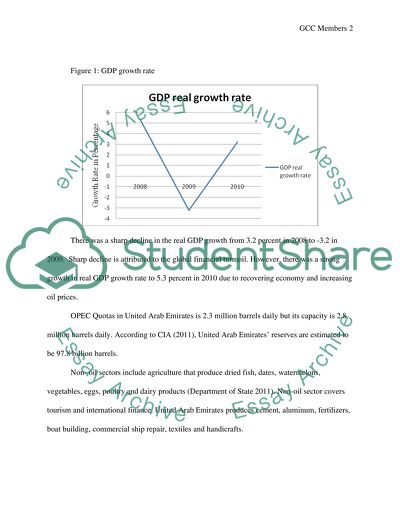Cite this document
(“GCC Economics and OPEC Research Paper Example | Topics and Well Written Essays - 2000 words”, n.d.)
GCC Economics and OPEC Research Paper Example | Topics and Well Written Essays - 2000 words. Retrieved from https://studentshare.org/macro-microeconomics/1432769-gcc-economics-and-opec
GCC Economics and OPEC Research Paper Example | Topics and Well Written Essays - 2000 words. Retrieved from https://studentshare.org/macro-microeconomics/1432769-gcc-economics-and-opec
(GCC Economics and OPEC Research Paper Example | Topics and Well Written Essays - 2000 Words)
GCC Economics and OPEC Research Paper Example | Topics and Well Written Essays - 2000 Words. https://studentshare.org/macro-microeconomics/1432769-gcc-economics-and-opec.
GCC Economics and OPEC Research Paper Example | Topics and Well Written Essays - 2000 Words. https://studentshare.org/macro-microeconomics/1432769-gcc-economics-and-opec.
“GCC Economics and OPEC Research Paper Example | Topics and Well Written Essays - 2000 Words”, n.d. https://studentshare.org/macro-microeconomics/1432769-gcc-economics-and-opec.


